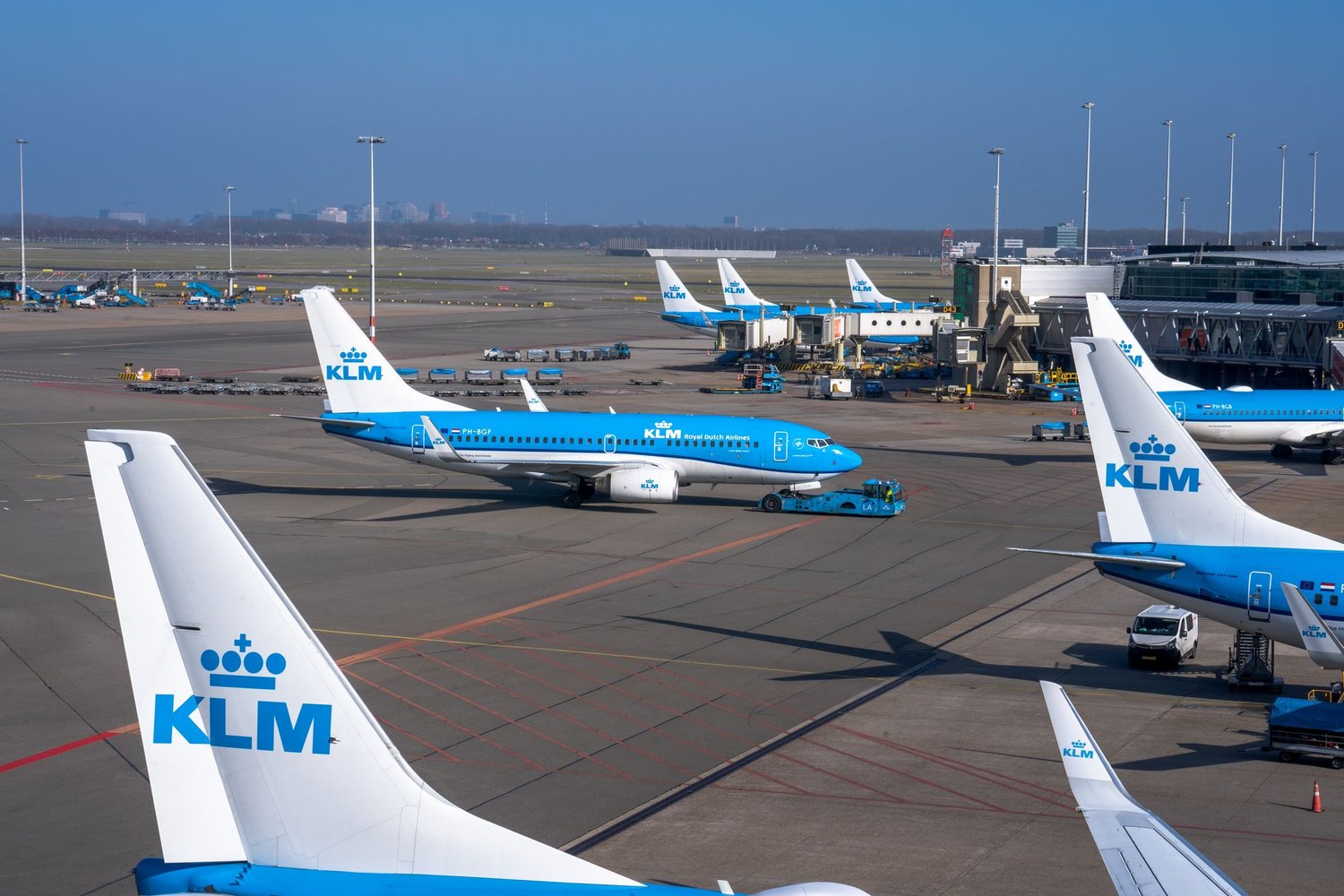The Dutch ‘Gouden Eeuw’ (Golden Age) lasted almost a hundred years, ending in the 17th century. A combination of trade, science and political developments made the small Dutch Republic wealthy and powerful.
In the last 50 years, a similar combination of factors has helped turn the Netherlands into an aviation champion, especially in the air traffic management sector.
The size and scope of the aviation sector in the Netherlands
The Netherlands has a significant aviation industry which, before Covid, directly employed around 85,000 people and supported a further 221,000 jobs in the wider economy. In addition, the sector contributed $25 billion in value to GDP (about 3.2% of the total), according to IATA data.
A cluster of organisations lies at the heart of the Netherlands’ significant aviation industry:
- Schiphol Airport is one of the busiest airports in Europe, with around 500,000 movements a year before Covid. As well as Schiphol, the country has several regional airports, including Groningen, Eindhoven, Maastricht, and Rotterdam. These airports handle a significant amount of air traffic, out of proportion to the size of the country and its population.
- KLM, the national airline of the Netherlands, was founded in 1919, making it one of the oldest airlines in the world. It connects 92 European cities and 70 intercontinental destinations.
- The TU Delft (Technical University Delft), with 27,000 students, has the largest aerospace engineering department in Europe. QS World University rankings put it in the top ten worldwide for engineering and technology.
Despite its small size, the Netherlands is also a leader in air traffic management. Several companies, including MovingDot in Hoofdorp and To70 in The Hague, have international reputations in this sector.
The aviation business cluster in the Netherlands
The Netherlands has enjoyed the benefits of an ‘economic cluster’ in the aviation sector.
‘What happens inside companies is important, but clusters reveal that the immediate business environment outside companies plays a vital role as well,’ explains Prof. Michael E. Porter.
His research into business clusters explains how they help companies succeed through ‘complementarities’ such as:
- Collaborative innovation
- Stronger interpersonal networks
- Building critical mass in a given sector
- Specialised suppliers
- University R&D and academic support
Other clusters illustrate the point. Consider, for example, the Napa Valley wine industry and Silicon Valley’s nexus of universities, venture capital firms and tech startups.
Strong academic sector
One of the reasons behind the Netherlands' success in the aviation industry is the academic sector’s support. The Delft University of Technology, for example, plays an important role in providing highly-trained graduates and research for the aviation industry. The Aviation Academy at the Amsterdam University of Applied Sciences is also a significant contributor.
The education system in the Netherlands is highly regarded, with a strong focus on science, technology, engineering, and mathematics (STEM). This has led to a large pool of highly skilled workers who are well-equipped to work in the aviation industry.
Industry cooperation and entrepreneurial spirit
Government, LVNL (the national ANSP), research organisations like KDC and trade bodies like NAG sponsor industry cooperation.
This collaboration is essential for the Netherlands to maintain its position as a leader in the aviation industry. By working together, companies can share knowledge and resources, leading to the development of new technologies and solutions.
An international outlook means that Dutch companies look beyond their national boundaries. ‘The Dutch are entrepreneurs,’ says Hans Offerman, an entrepreneur himself and co-founder of MovingDot, an ATC consultancy. ‘They’re not only looking within the Netherlands. We’re into exporting our knowledge and doing business overseas.’
The industry benefits from Dutch people’s multilingualism. It’s a telling detail that all the websites mentioned in this article were available in English, and several universities in the Netherlands teach in English. It speaks to an export-minded, international approach that is perhaps lacking in other countries and which English-speaking nations take for granted.
The Future of the Dutch Aviation Industry
The COVID-19 pandemic impacted the aviation industry, with a big dip in airline movements and many people leaving the industry. However, the industry is still evolving and changing. Electric aircraft and engines that work on hydrogen are just some of the innovations currently being developed in the Dutch aviation sector.
There is certainly no lack of ambition. NAG outlines a range of goals for the sector’s future, including becoming the ‘largest airport technology supplier in the world’. In addition, Hans Offerman sees a bright future in uncrewed aviation - drones - and a role for the Netherlands to lead its integration into the mainstream of air traffic management.
If the Netherlands can build on its aviation heritage and channel its innovation, international ambition and depth of expertise, it could be looking ahead to a new golden age.
Explore FoxATM’s Industry Directory for a list of companies in the Dutch aviation sector. Contact us for more information about our market intelligence and consulting services. And for direct data insights sent straight to your inbox, subscribe to our newsletter.




